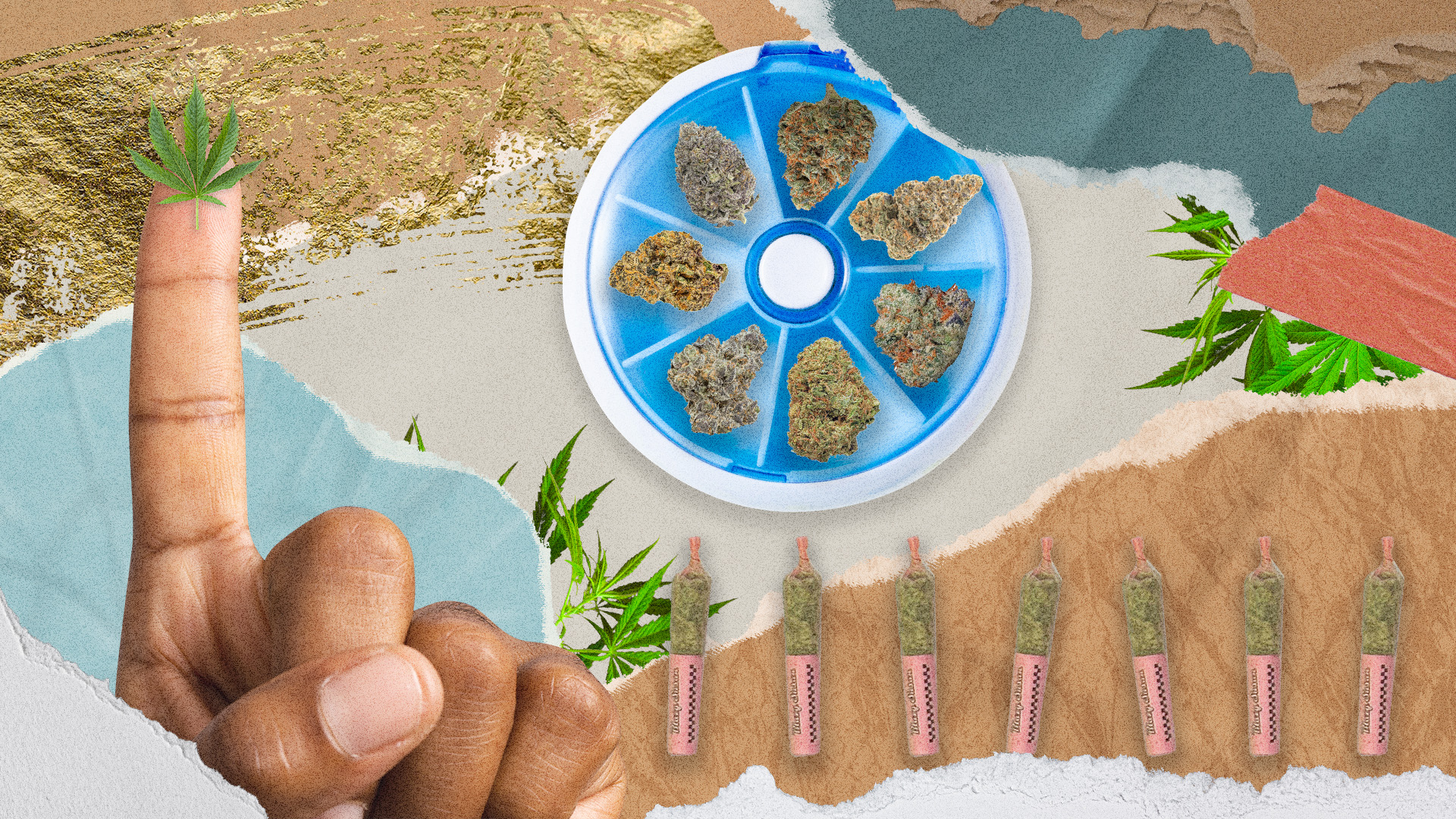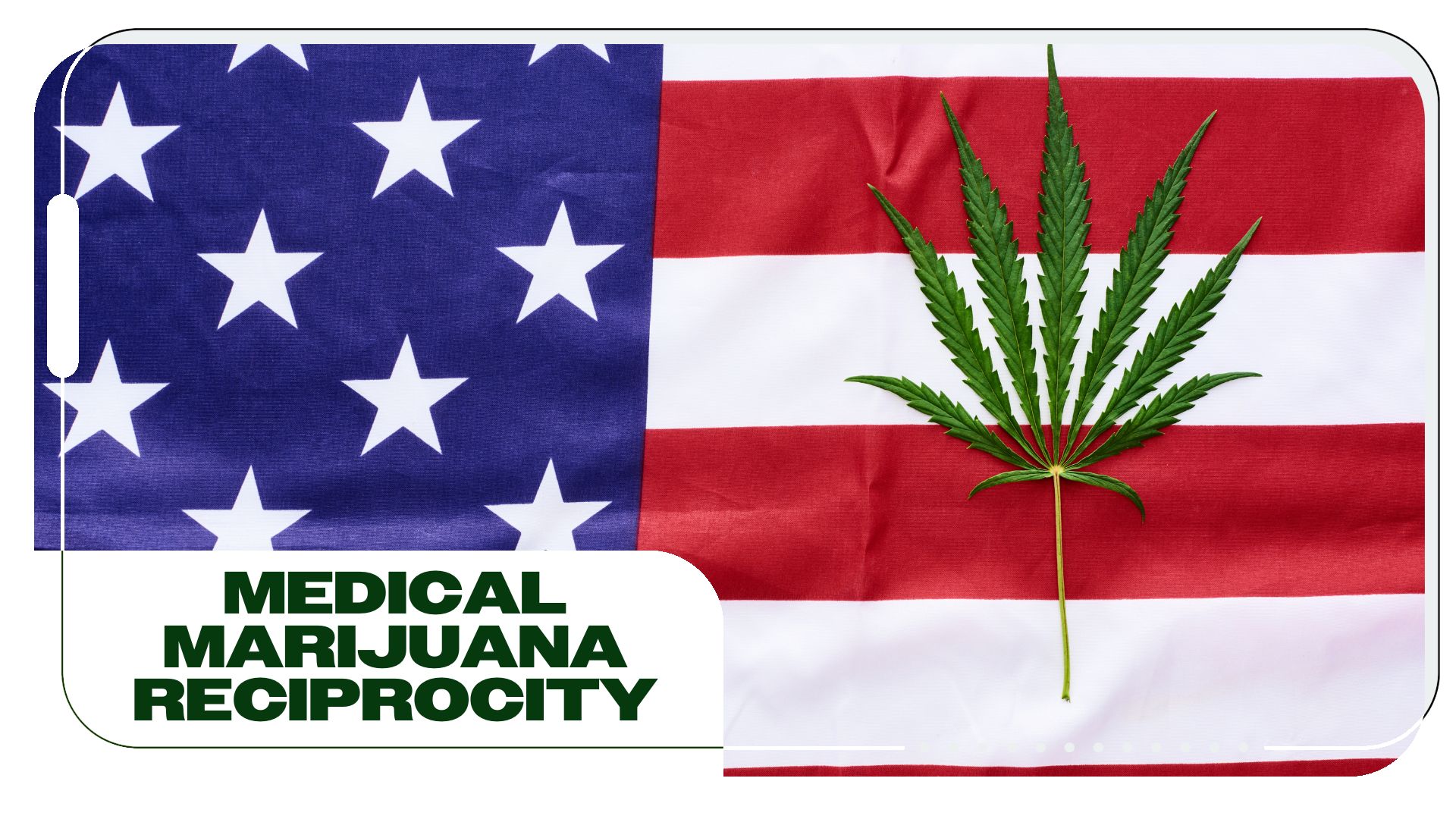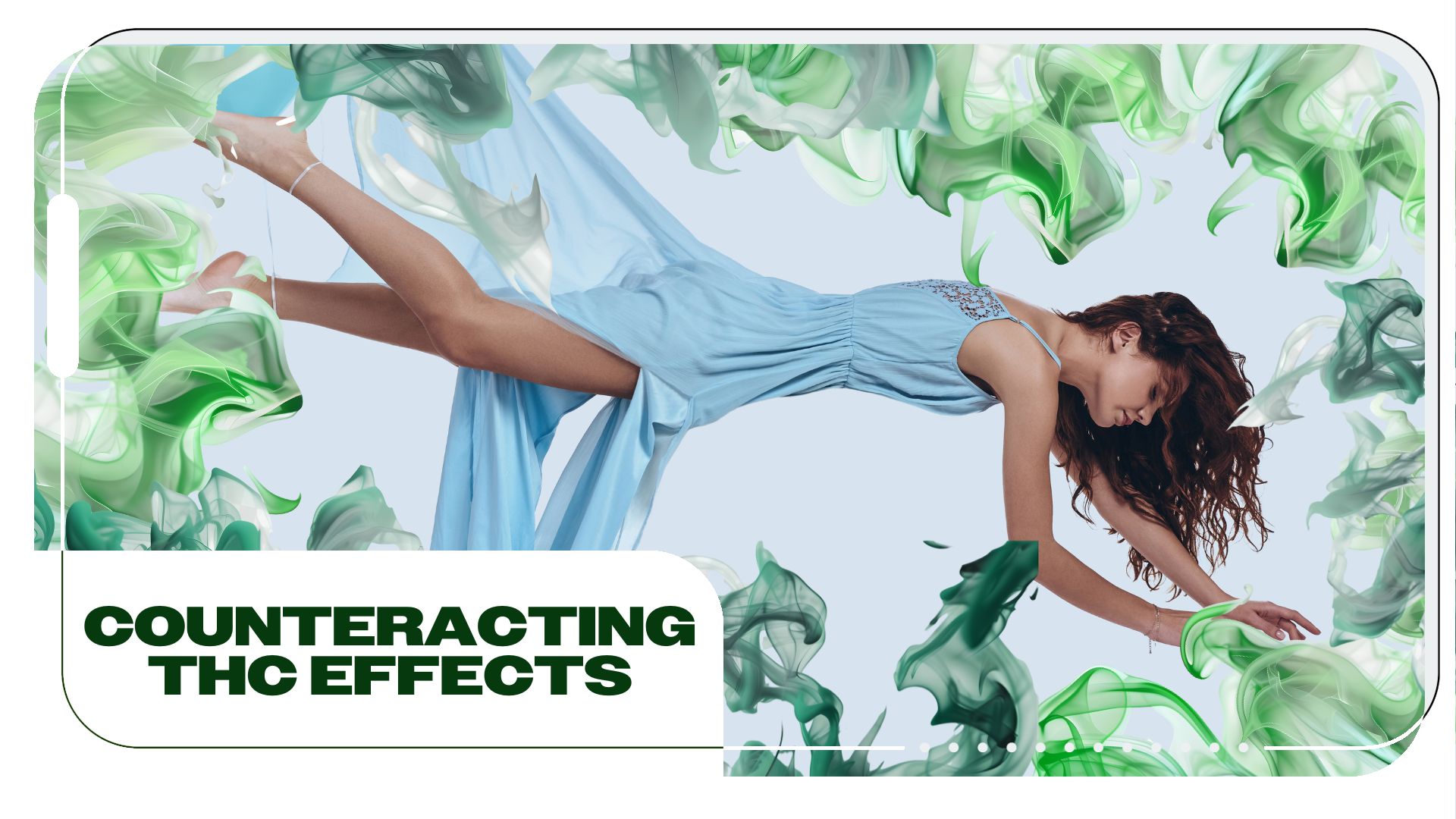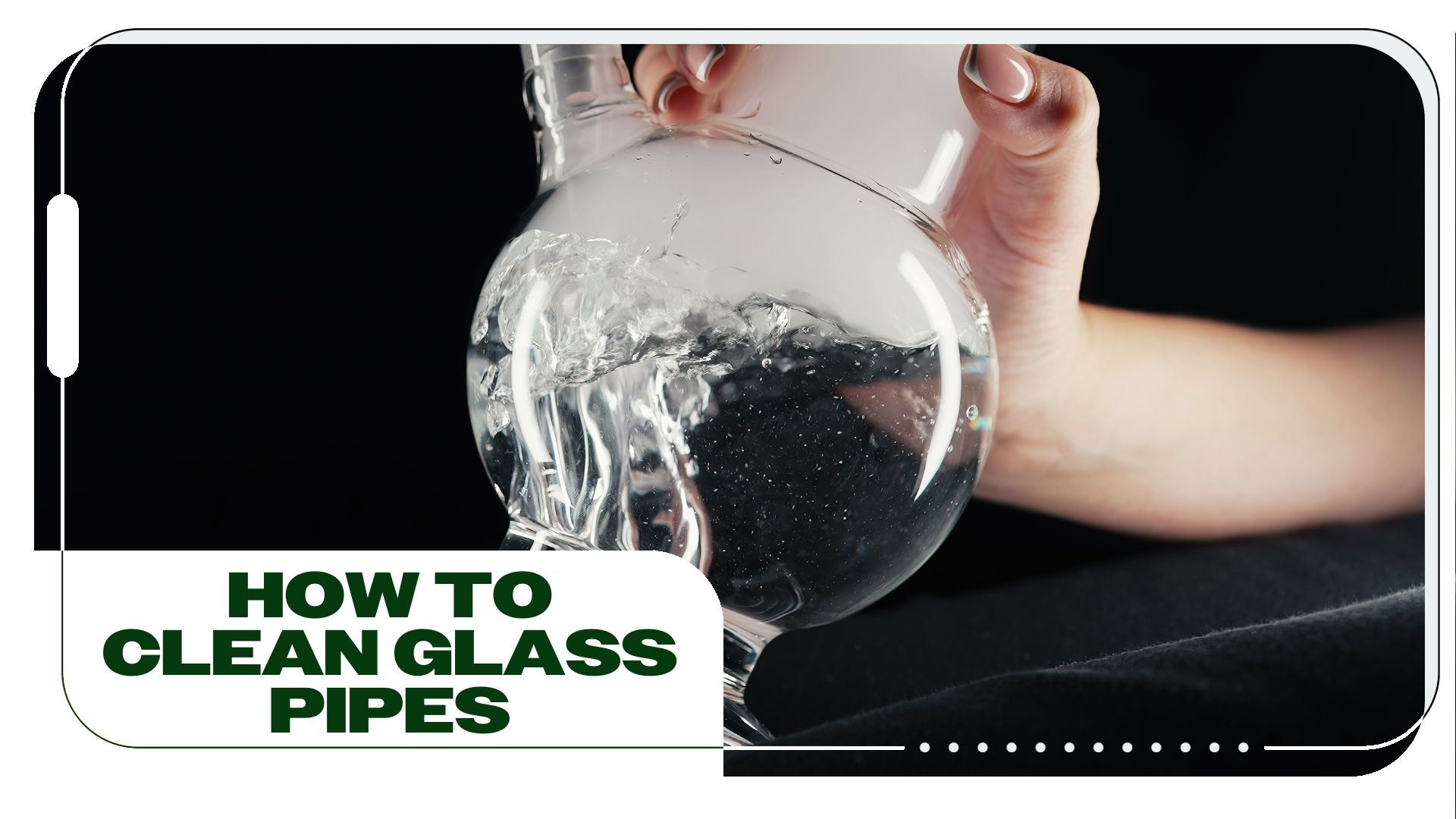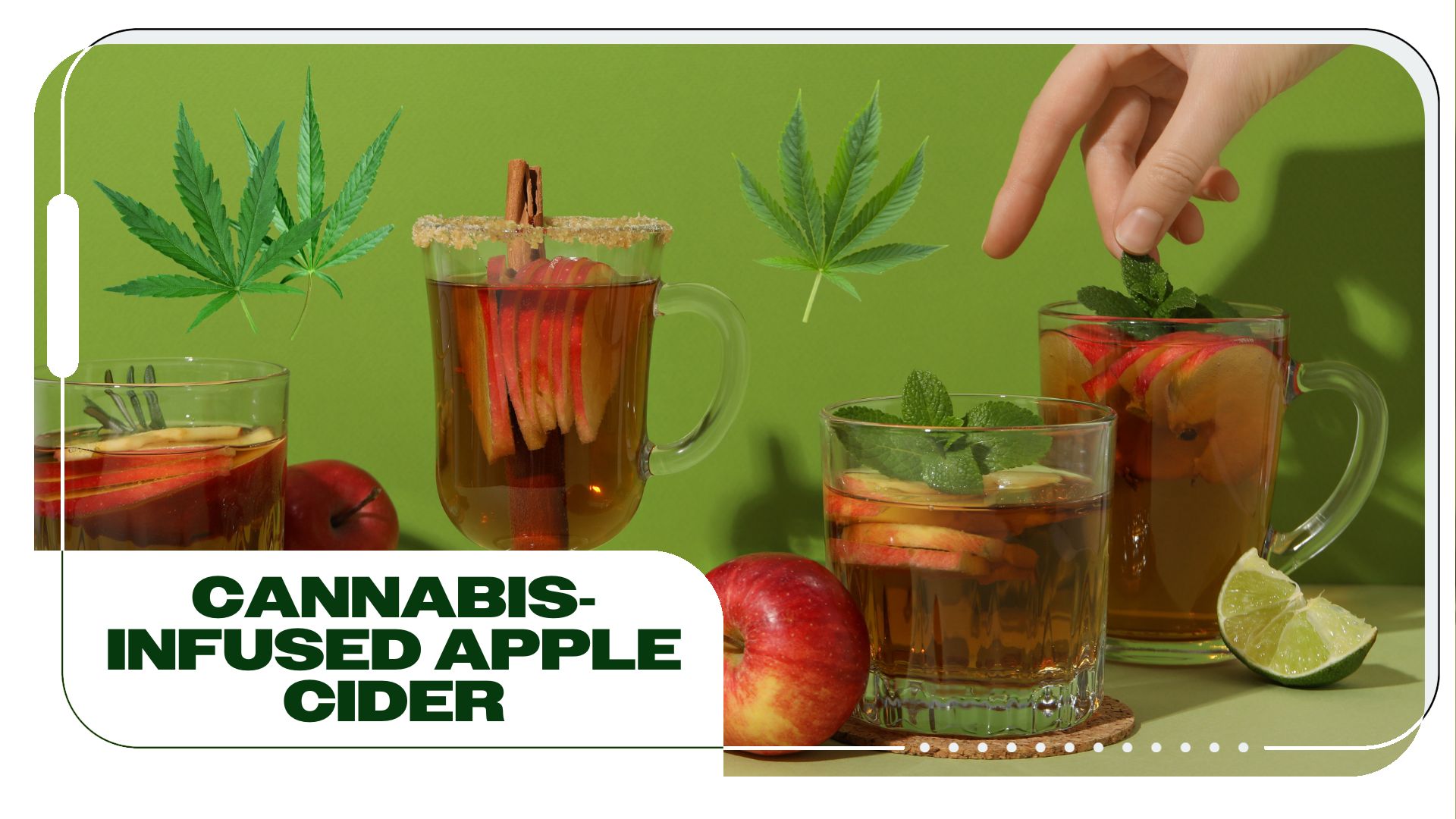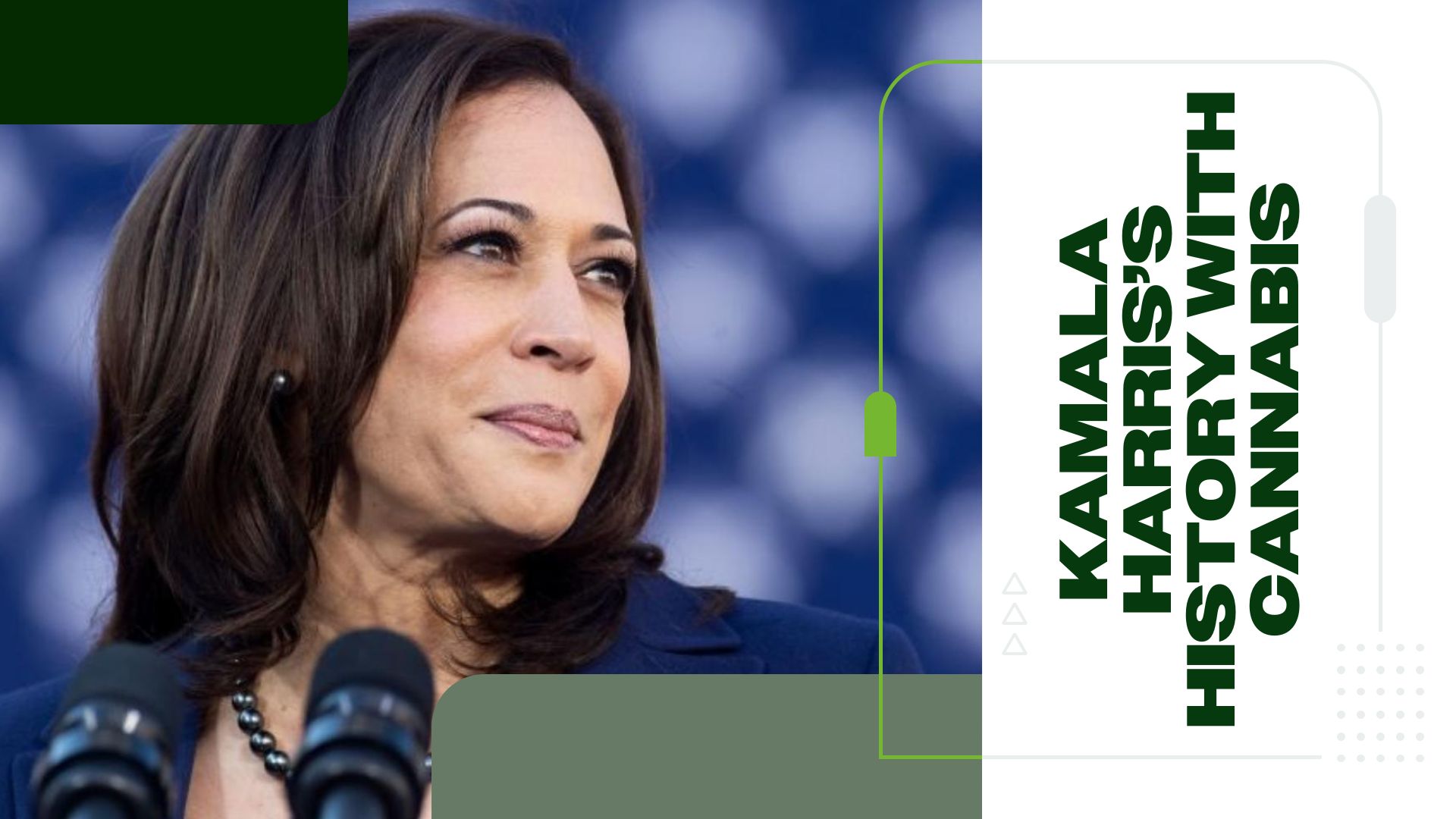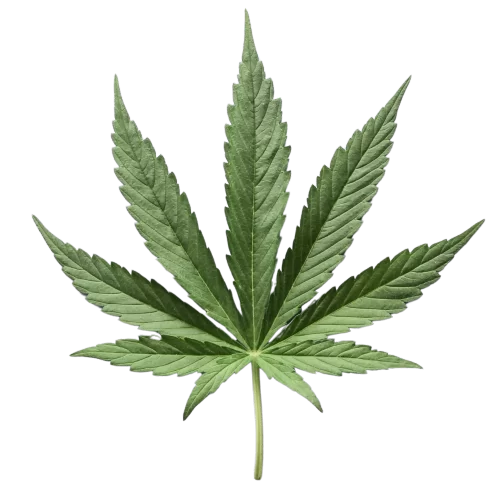Let’s talk about microdosing, an increasingly popular way to consume psychoactive substances. If you’re new to cannabis, have had poor experiences with THC in the past, or simply want to explore the benefits of cannabis without the high, microdosing cannabinoids might just be your thing. In this guide, we’ll give you the 411 on microdosing THC and some pointers for trying it out.
What Is Microdosing THC?
Microdosing cannabis, and microdosing THC specifically, is exactly what it sounds like: ingesting cannabis in very small doses. You’re probably most familiar with the concept of microdosing psychedelics like psilocybin and LSD, said to have largely originated in Silicon Valley as a way for aspiring tech stars to enhance their creative edge. While the effects of microdosing psychedelics and cannabis are quite different, the practice is essentially the same.
Most people who microdose cannabis are looking to reap cannabis’ benefits without the intoxicating effects of THC, known as a high. For some users, THC causes uncomfortable anxiety, paranoia, or lethargy in normal doses (10 milligrams or more). For others, THC intoxication makes it difficult to focus on and navigate daily activities. By opening the mind without clouding it, taking smaller doses of cannabis can easily boost your day-to-day life.
Benefits of Microdosing THC
As proponents of microdosing will attest, there’s so much more to cannabis than the high it can produce. Upon consumption, cannabinoids like tetrahydrocannabinol, or THC, and cannabidiol, or CBD, interact with receptors in the body’s endocannabinoid system to help regulate bodily functions—and you don’t need to be high to receive these benefits. Physician Dustin Sulak, who practices cannabis medicine in Maine, told Rolling Stone:
“Our bodies are already working to prevent dementia, reduce inflammation, and respond to any pathological process. If we can enhance the functioning of that system with a little bit of extra THC, we can benefit.”
While many people seek out cannabis specifically for its high, the biggest benefit of microdosing is the lack of a noticeable high—particularly for those who are sensitive to THC. In larger doses (which vary by user), THC can cause adverse side effects like increased heart rate, impairment, anxiety, red eyes, memory loss, slow reaction times, dizziness, or nausea. It’s impossible to fatally overdose on THC, but consuming too much can definitely cause discomfort.
You might be thinking, why not just take CBD? After all, CBD, while still technically psychoactive, doesn’t produce intoxicating effects. However, excluding THC eliminates a lot of cannabis’ benefits, as each cannabinoid affects the body differently. For example, CBD is calming and suppresses appetite, while THC induces euphoria and stimulates appetite. Cannabinoids also work better when combined due to the theorized entourage effect.
In addition to saving the consumer from any unwanted THC effects, microdosing cannabis saves money. If dwindling your cannabis consumption, you’re buying less cannabis—and using less will also prevent the pesky tolerance buildup that forces so many users to continually escalate the amounts of cannabis they are purchasing. With proper microdosing, you can keep your tolerance to cannabinoids low and continue to reap benefits from small doses.
Activities That Pair Well With Microdosing Marijuana
Without worries about intoxication hindering tasks, microdosers can enjoy the potential benefits of cannabis in all kinds of settings. Many microdosers indulge in the practice while working, claiming that it improves mood, relieves stress and tension, and shifts perspectives. In fact, a 2012 study found that cannabis increases divergent thinking, a measure of creativity.
>>Learn more about how cannabis can boost productivity with our strain guide.
For the same reasons that microdosing cannabis can add some pizzazz to your workday, it’s able to enhance any daytime activity. Don’t want to get totally blazed before going out in public? Take a microdose before going grocery shopping, visiting the dog park with your furry pal, or meeting up with friends. According to user reports, you’ll likely feel relaxed and more in tune with your environment but not fuzzy.
Microdosing is also a good option for working out (either before or after). Cannabinoids have the potential to help in this arena, but you don’t want to be uncoordinated or drowsy from THC while you’re lifting weights. In a survey of adults who combined cannabis with workouts, over half said it helped with enjoyment, motivation, and recovery. Because both THC and CBD fight inflammation, they can also reduce pain from delayed-onset muscle soreness (DOMS) that follows new or intense workouts.
Conditions That Benefit From Microdosing
Microdosing can be advantageous for anyone, but it might be especially helpful for medical patients with certain conditions.
Anxiety
People who have anxiety disorders or are prone to anxiety might benefit from microdosing more than others. This is because THC is known to provoke anxiety in high doses. A 2017 research brief from the University of Washington reports that “THC appears to decrease anxiety at lower doses and increase anxiety at higher doses” (CBD, on the other hand, “appears to decrease anxiety at all doses that have been tested”).
Traumatic Brain Injury
There is still insufficient clinical evidence to support cannabis as a treatment for traumatic brain injuries (TBIs), but a case study of a woman who had suffered a severe TBI presented promising findings. After receiving microdoses of cannabinoids for six months, the patient had reduced spasms, muscle tension, hyperreflexia, and stiffness, as well as improved cognition, short-term memory, speech, sense of humor, sleep, and quality of life.
Chronic Pain
Chronic pain is the most popular reason patients turn to medical cannabis. One survey study published in The Journal of Pain reported that chronic pain patients at a Michigan dispensary had 64% lower opioid use and better quality of life. There was also a large study done with Medicare patient data from 2010-2013 that demonstrated significant reductions in opioid prescriptions and spending in states with legal cannabis.
However, continuous cannabis use is often needed for chronic pain relief, which isn’t always an option for those with jobs or other responsibilities. Microdosing can still achieve the desired effects while allowing patients to live functional lives.
Attention-Deficit/Hyperactivity Disorder (ADHD)
Cannabis is not a well-researched treatment for ADHD, but plenty of anecdotal evidence from patients exists to justify clinical studies on the topic. A qualitative analysis of online forum discussions published in 2016 found a trend of ADHD patients who considered cannabis to be therapeutic for the condition. It’s unclear what amounts of cannabinoids are ideal for ADHD, but microdoses may likely improve focus without making patients more unfocused.
Anorexia and Cachexia
While anorexia and cachexia (wasting syndrome) are very different conditions, both require appetite stimulation to combat the resulting weight loss. And it’s no secret that THC increases appetite by activating CB1 receptors in the body. Research isn’t conclusive regarding the amount of THC needed to stimulate appetite, but a 2004 study found that very low doses of delta-8 THC—an isomer of THC with similar effects—increased food intake in mice.
The study concluded that “low dose THC might be a potential therapeutic agent in the treatment of cachexia, in general, and AN [anorexia nervosa], in particular.” Because patients with anorexia or cachexia need consistent appetite stimulation throughout the day—and being high 24/7 is not ideal—microdoses of THC could provide support without affecting daily functioning.
How to Microdose Cannabis
When it comes to microdosing cannabis, consumption methods other than smoking, such as edibles and tinctures, are the way to go. These cannabis products are made with specific, measurable amounts of cannabinoids, giving you much more control over your doses. Edibles like gummies and tinctures bought from dispensaries (as opposed to illicit or homemade products) will tell you exactly how many milligrams of THC or CBD there are per piece or dropperful.
On the other hand, it’s nearly impossible to know how many cannabinoids you’re taking in with smoking, dabbing, or vaping. Flower and concentrates come with cannabinoid percentages, but it’s difficult to break down how much you’re getting with each hit. As orally consumed products, edibles and tinctures also provide slower-hitting, longer-lasting effects compared to flower and concentrates.
Most cannabis microdosers take several doses throughout the day—or, really, whenever they want, considering that loss of function isn’t a concern with such small amounts. Keep in mind that tolerance will build up with more intake, so it may be wise to limit microdosing to a few days a week. If you’ve previously used cannabis heavily, take a “T break” for 48 hours before attempting microdosing to reduce your body’s tolerance to THC.
Optimal THC and CBD for Microdosing
So, what exactly counts as a “microdose” of THC or CBD? A standard dose of THC is 10 milligrams, meaning this dose will generally cause intoxication (though heavy or frequent users often need more to achieve a high). Thus, a microdose of THC can be anywhere from 0.5-5 milligrams. Since CBD isn’t intoxicating but does have some psychoactive effects (e.g., mental relaxation), a microdose of CBD can be up to 10 milligrams.
Microdosing is all about finding your “minimal effective dose,” which is different for everyone depending on tolerance, body weight, and much more. If you’re completely new to cannabis, start with 1 milligram of THC and 1 milligram of CBD and record your experience in a cannabis journal. Increase each by 1-milligram increments until you feel airy and blissful but not high. An experienced user can start with 3-5 milligrams of THC, but refrain from going over 10 milligrams.
Final Takeaway
As with many areas of cannabis science, very little controlled clinical research has been conducted on microdosing. Still, the amount of positive anecdotal evidence from users is enough to justify giving it a shot if the practice intrigues you. Microdosing is a great way for new and experienced users alike to benefit from the plant and enhance overall well-being without interfering with or halting daily life.
If you’re interested in microdosing cannabis for medicinal purposes, talk to a healthcare professional like a medical marijuana doctor or cannabis coach to determine a wellness plan that meets your needs.
Note: The content on this page is for informational purposes only and is not intended to be professional medical advice. Do not attempt to self-diagnose or prescribe treatment based on the information provided. Always consult a physician before making any decision on the treatment of a medical condition.
This article was originally written by Kat Helgeson and published on 10/3/19. Updated on 4/3/2024.
Author, Share & Comments


